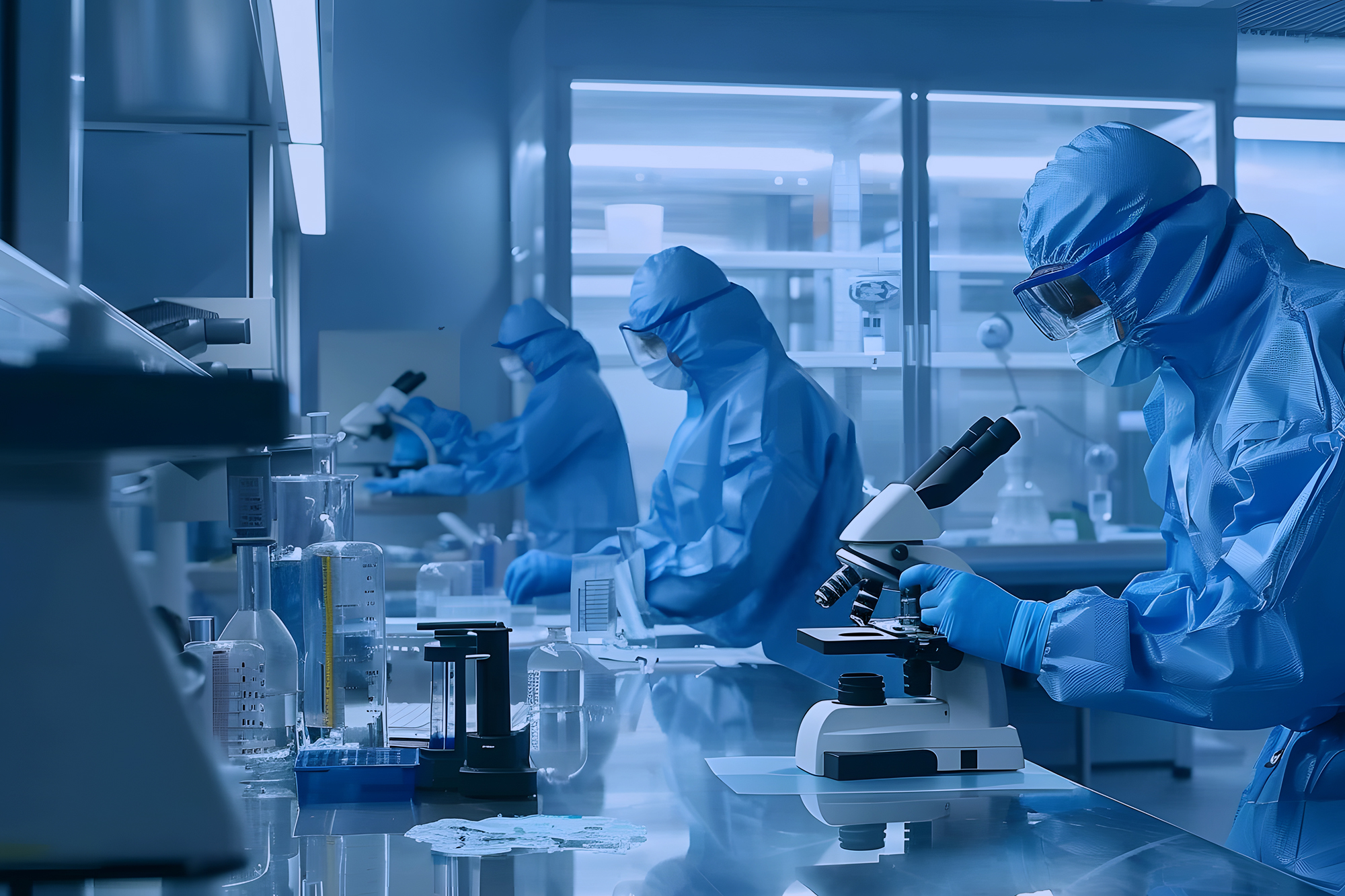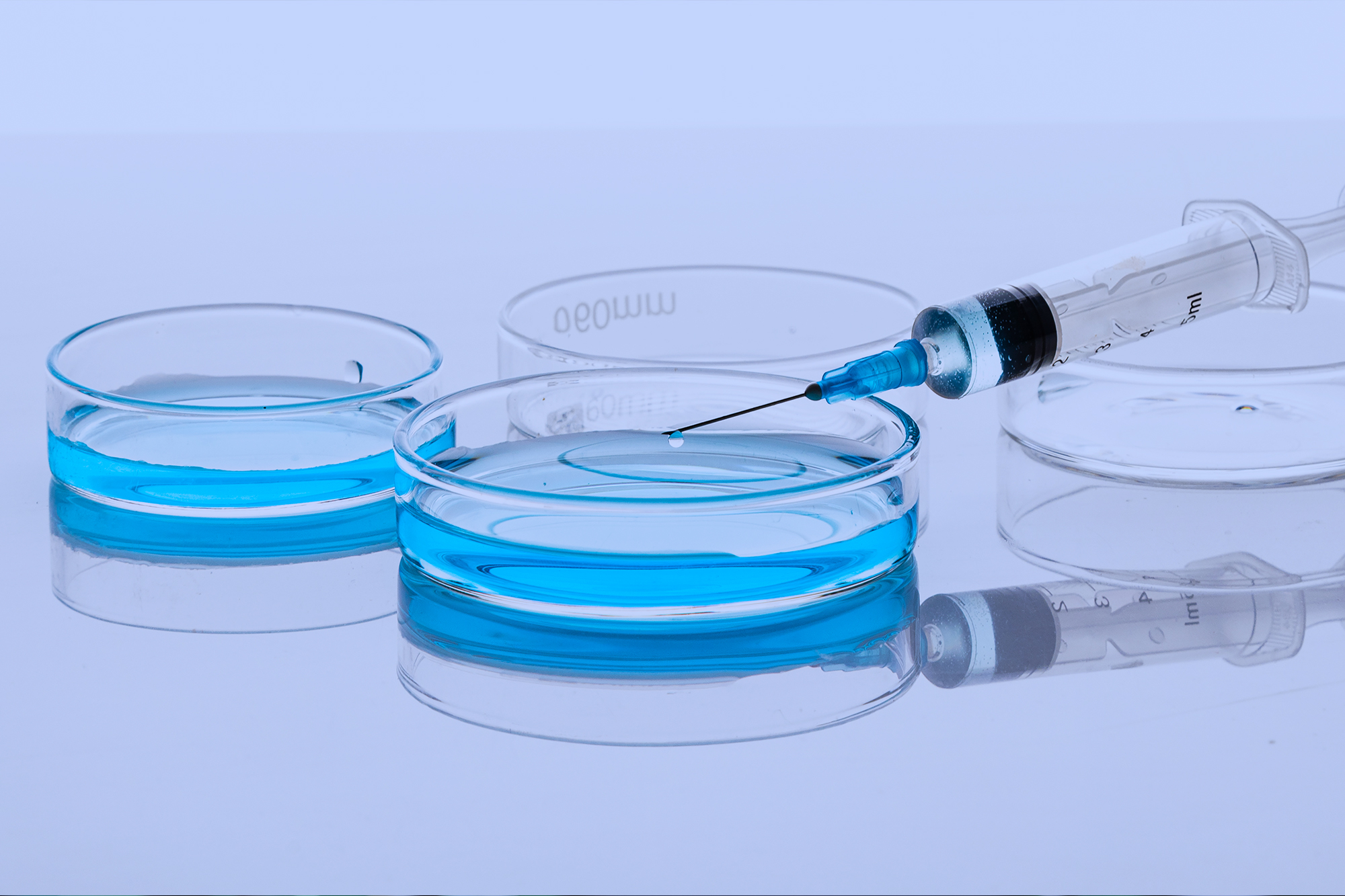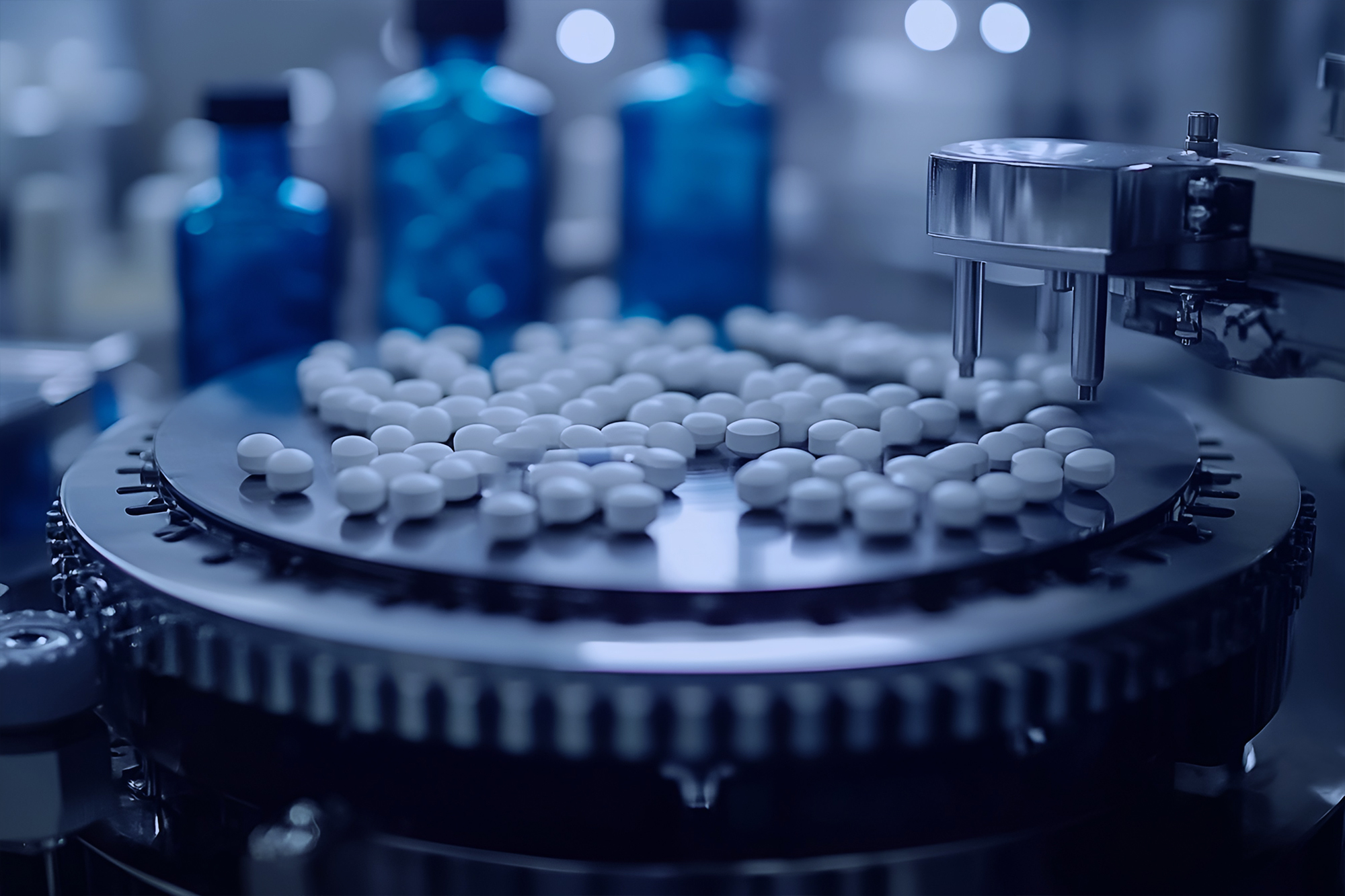
Biological safety cabinets(BSC) protect personnel and the environment from exposure to infectious agents and hazardous particulates during laboratory procedures.Based on the level of personnel and environmental protection provided and the level of product protection provided,BSCs are classified into three classes.The biological safety cabinet class II is currently the most commonly used in laboratories.Except for Class I, the other two types can provide protection for the sample.
Biological Safety Cabinets vs Clean Bench vs Lab Fume Hood
Application Scenarios

Class I
BSL-1

Class II A1
BSL-2

Class II A2
BSL-2

Class II B1
BSL-2/BSL-3

Class II B2
BSL-3

Class III
BSL-3/BSL-4
The working principle of a biological safety cabinet is mainly based on Maintaining Negative Pressure and using HEPA to protect personnel, samples, and the environment.
Maintaining Negative Pressure
Negative pressure refers to the pressure inside the cabinet being lower than the laboratory environment pressure, ensuring that the airflow always flows inward to prevent the leakage of pollutants.
| BSC Type | Required Negative Pressure Level |
| Class I | Basic negative pressure (airflow barrier at sash) |
| Class II A1/A2 | Basic negative pressure (airflow barrier at sash) |
| Class II B1/B2 | Enhanced negative pressure (backflow prevention) |
| Class III | Absolute negative pressure (fully sealed) |
| BSC Type | Required Negative Pressure Level |
HEPA filtration
HEPA filtration is an efficiency standard of air filters. Common standards require that a HEPA air filter must remove—from the air that passes through—at least 99.95% (ISO, European Standard) of particles whose diameter is equal to 0.3 μm。
| Class | Class I | Class II | Class III | ||||||
| HEPA | A1 | A2 | B1 | B2 | |||||
| Inflow Filtration | No | No | No | No | No | Yes | |||
| Air supply filtration | No | Yes | Yes | Yes | Yes | Yes | |||
| Exhaust filtration | 100% Cycle | 70% Cycle/30% Exhaust | 70% cycle/30% Exhaust | 40% Cycle/60% Exhaust | 0% Cycle/100% Exhaust | 0% Cycle/100% Exhaust | |||
| Duct | Non-essential | Non-essential | Need | Force installation | Force installation | Force installation | |||
Class II A2 & Class II B2
1.Why choose Class II A2 & Class II B2
Class II A1 feature a “positive pressure plenum” between the work area and the external environment, which cannot guarantee that contaminants will not leak out. The negative pressure–surround design of Class II A2 eliminates this risk and has largely replaced Class II A1.
The airflow pattern of Class II B1 (40% recirculation / 60% exhaust) is complex, increasing the likelihood of operator error and cross-contamination. In contrast, the 100% exhaust airflow mode of Class II B2 provides a safer and simpler design, making Class II B2 the preferred replacement for Class II B1.
2.Class II A2 or Class II B2
Class II A2
Class II B2
biological safety cabinet pdf
- Name
- Summary
- Category
- Update
- Size
- Download
- TSC-1600IIA2 CLASS II TYPE A2 BIOLOGICAL SAFETY CABINET.pdf
- Uncategorized
- 2025-08-20
- 189KB
- Download


















